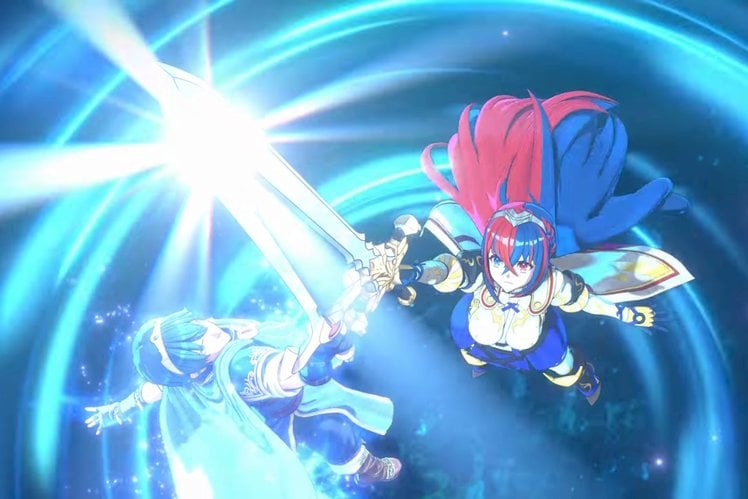
It might not be as recognisable as your Zeldas and Marios, but Fire Emblem is nonetheless one of a few jewels in Nintendo’s crown – a stunning strategy series that’s only grown in popularity.
It’s following up the widely-loved Three Houses, at last, with Fire Emblem Engage – another Swift outing. We’ve played the first eight chapters of the game to see how it’s shaping up a few weeks before release.
A new tale
Like the vast majority of Fire Emblem games, Engage tells an all-new story in a new land: Elyos. This realm is divided between kingdoms but beset by the evil of the Fell Dragon.
Luckily, we just so happen to be the last remaining, long-dormant Divine Dragon, and wake up just in the nick of time to begin gathering allies for a counter-thrust.
The big twist here is that Engage’s world features Emblem Rings – jewellery that lets its heroes summon famous fighters from Fire Emblem games past, in spirit form, to give them devastating powers.
It hints at the Fire Emblem universe being more of a multiverse, and the full game may well expand on these mechanics at some point. The result is a return for series icons like Marth, Sigurd, Celica and more (in largely supporting roles).
The story is at once both a little predictable and entirely comforting, with ham-fisted villains to take down and a wide range of cast members to meet and recruit. Like in Three Houses, you’ll have ample opportunity to chat and bond with these fellow fighters, too.
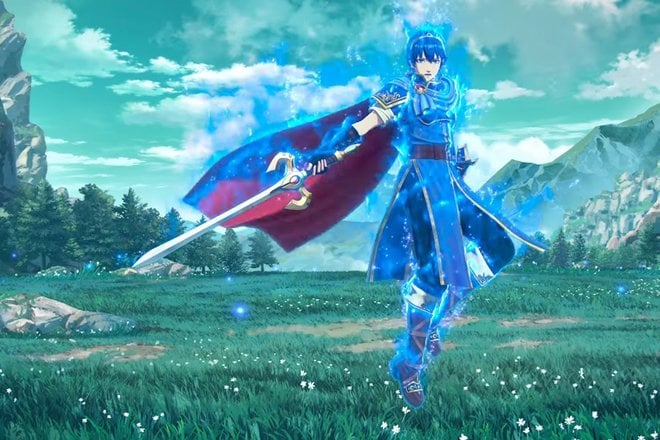
There are far more story cut-scenes than in Three Houses, though, and they’re really impressively produced animations that are a joy to watch, making the visual-novel half of the Fire Emblem formula easier to consume than ever before.
That said, this does mean that you should sometimes expect 10 to 15 minutes of chit-chat between battles even if you’re skipping side activities, which does hit the pacing a little in the early chapters we played.
In between missions, you’ll have the constant option to return to a refuge called the Somniel, where you can train your allies, check in on them, and restock on items and weapons to make sure you’re geared up for missions.
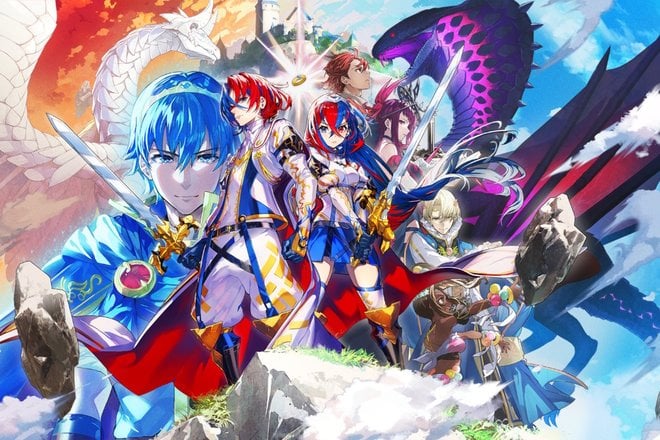
It’s a pretty clear echo of Three Houses’ academy, and that’s fine, although the game’s structure means that you’re much less liable to spend time in the Somniel unless you’re reminded to do so, since it’s an optional visit between some missions.
A wrinkle in time
Like Three Houses, then, Engage is a bit of a game of two halves – one sees you orchestrating battles on a grid, juggling unit types to overcome an array of enemies in varied environments.
The other sees you chatting with characters, watching story moments and uncovering their backstories over time.
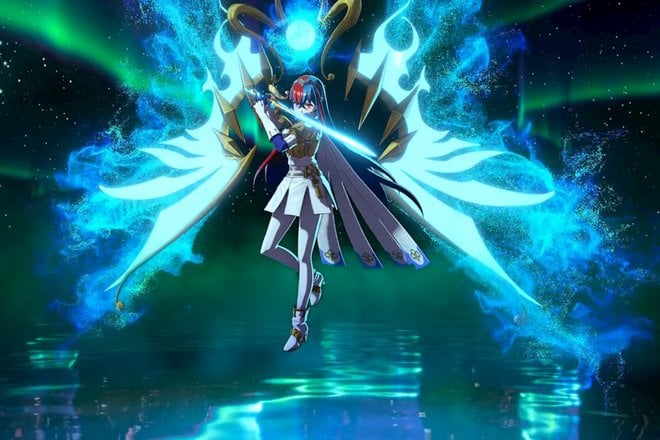
In Three Houses, though, those halves were really balanced pretty equally, whereas we feel from our time with it that Engage is bringing things back to the battle side – which many people will welcome.
This means its fights are more prominent than ever and get some new mechanics. The main addition is the Engage mechanic, which lets given heroes use Emblem rings to get a power-up for three turns.
With devastating moves and mobility options, these powers can decide battles if you use them decisively, and need to be charged up over time, or earned by moving to specific locations.
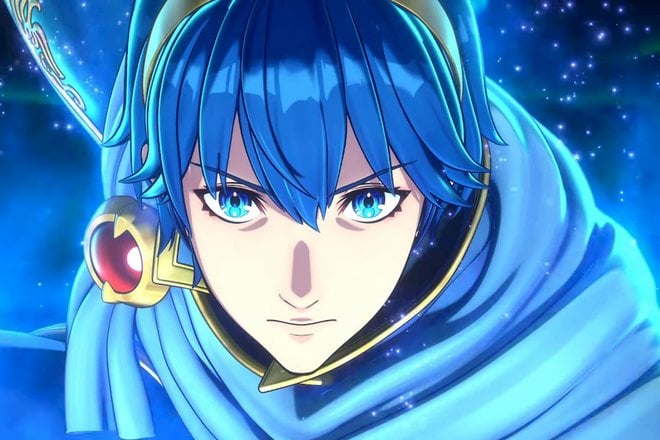
It’s a great twist that enhances an already superb battle system, but it’s not the only change. Subtly changed controls let you feel more in control of units as they move, which feels great to play, while the zoomed-in camera for actual exchanges of combat is now fully rooted in where on the map you’re fighting.
It all makes for a more cohesive and realistic feeling that the places you fight in are real and make geometric sense – even further cemented by the ability to sometimes explore them on foot after a battle.
This leaves the Somniel and Engage’s social simulation feeling slightly less important, although only in comparison to the focus they were given in Three Houses.
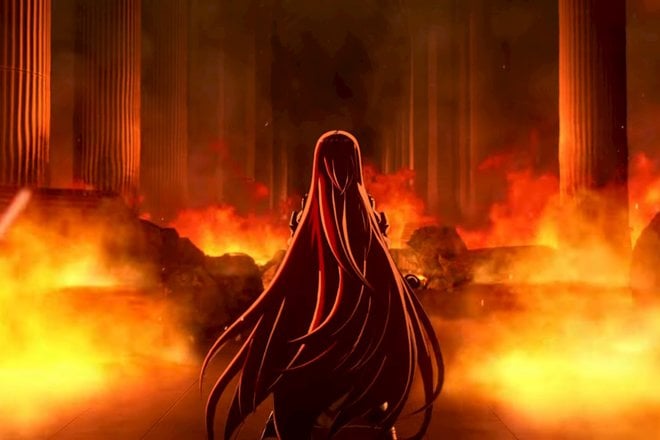
With no time management to juggle, it’s more laid-back and focused on the main story – albeit with plenty of time in the bulk of the game that we haven’t played for this to change.
Finally, as in Three Houses you get the choice of playing a casual mode where units lost return at the end of a battle, or the classic Fire Emblem option where they’re gone for good. This once again is ideal for those who don’t fancy a huge side order of stress with their game.
Looking good
Whether a change to the balance of fighting and chatting is welcome will be down to taste, but where Engage feels like a clear step up in our books is on the presentation side of things.
Simply put, Engage looks noticeably nicer than Three Houses in basically every department. It has crisper, more detailed environments and character models that are similarly impressive.
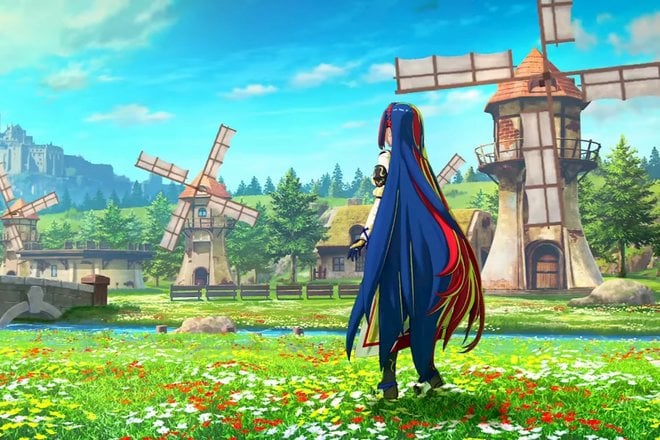
The increase in cutscenes makes for a far more polished story experience, and the depth of voice acting has also increased, with even more moments and conversations now fully voiced.
The music is similarly lovely (completely with a full anime-style intro sequence that may divide opinions a little), and it makes for a really appealing package.
The majority of character designs are fun and tropey, although we’re not sold on the shocking blue and red hair that protagonist Alear sports, sadly.
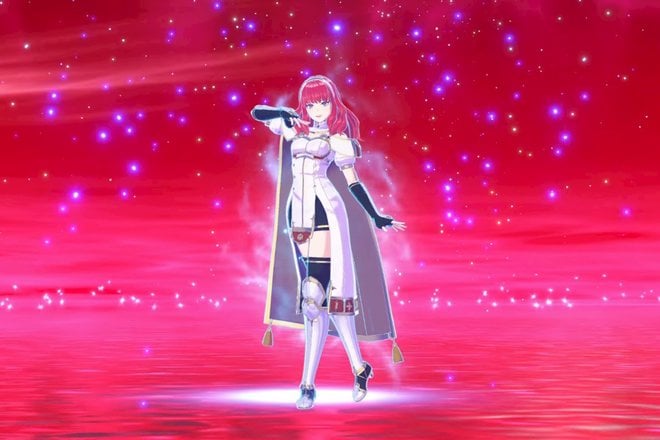
The fact that battles are now fully consistent visually, with fights happening against the backdrop of their surroundings instead of more generic tiles, also contributes to what is overall the Fire Emblem series’ best-looking game by a comfortable distance.
